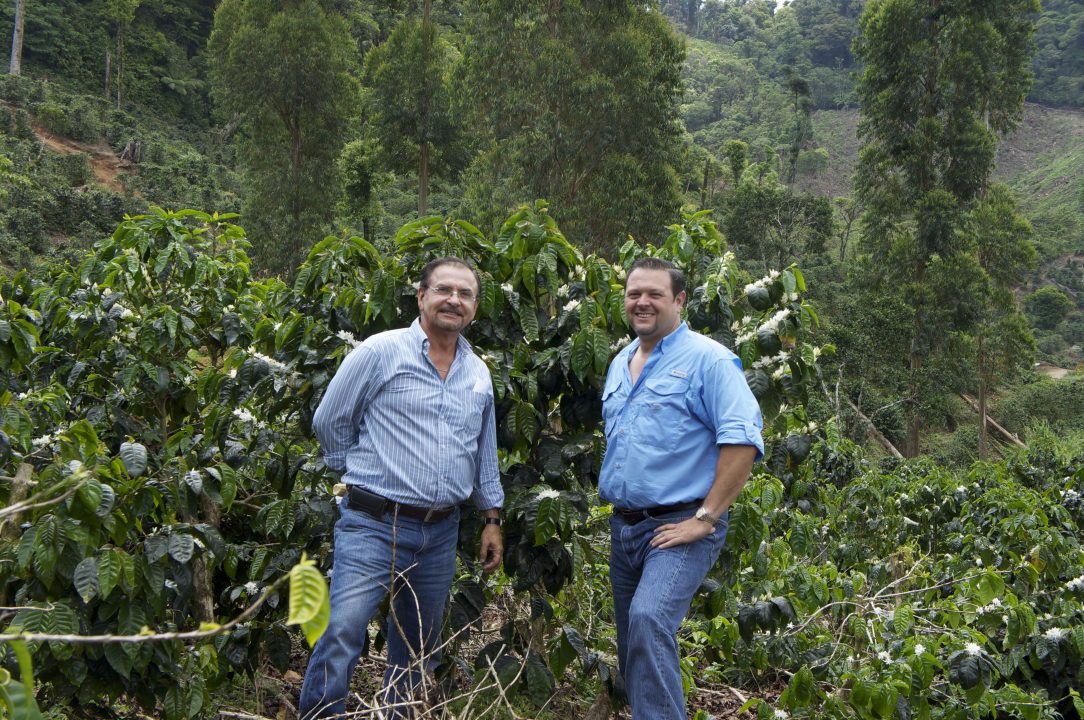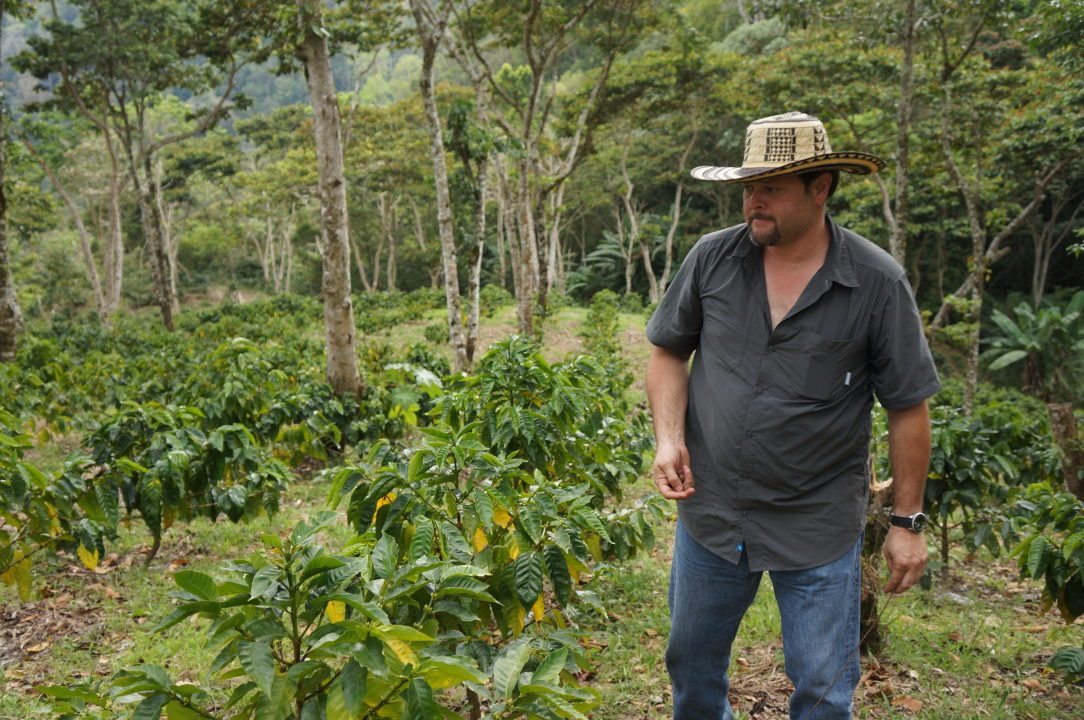In the early 2000s, father and son Esteban and Erwin Mierisch, two of Nicaragua's most respected coffee producers, stumbled across some rusty shovels and a bag of coffee labeled "Java" on the roadside outside an abandoned research station.
The story of Java Nica

As luck would have it, two of Nicaragua's coffee authorities drove past a man with a small bag marked "Java" on this particular day. Had Esteban not persuaded his son Erwin to stop, the story of JavaNica might have ended before it began. It was also Mierisch-senior who took further interest in the bag, which turned out to contain something far more interesting than you would normally pick up on the edge of a ditch.
"My father took the bag to our agronomist, Patricia Contreras, who was very excited when she saw the contents. She had previously done studies on the same type of bean and could tell us that it was a rare species with poor yields and low resistance to disease. On the other hand, the quality and taste could be fantastic and she encouraged us to breed it. Since then, we have experimented with JavaNica in several growing areas, at different altitudes and in different soils.
"Since then, we've experimented with JavaNica in several growing areas, at different altitudes and in different soils."
Erwin Mierisch
Ethiopian roots
The Mierisch family named the bean type JavaNica because it is believed to have originated in Java and developed further in Nicaragua. However, very little is known about the type of coffee and where it actually comes from. The small but oblong bean shape is reminiscent of the species that are cultivated and grow wild in Ethiopia. This has led many to draw parallels with Geisha, an extremely sought-after bean type with Ethiopian roots grown in several Central American countries.
- In 2008, my aunt Ethel produced the Mierisch family's first crop of JavaNica coffee. We are now Nicaragua's largest producer of the bean type, which is grown for taste and quality rather than volume. Although no genetic testing has been carried out on JavaNica, the appearance of the coffee indicates that it is a Typica with Ethiopian roots.
"This has led many to draw parallels with the Geisha, an extremely popular type of bean with Ethiopian roots grown in several Central American countries."

Honey and citrus
The taste also makes it natural to draw parallels to the coffee's home country. A well-cared for JavaNica is often perceived as floral and intense, with a juicy mouthfeel and taste associations with sweet citrus fruits. In other words, not too far away from a good cup of Ethiopian coffee.
Our first Javanica was grown by the Mierisch family on their farm Limoncillo, located in the famous coffee region of Matagalpa in Nicaragua. This batch was a honey-processed coffee, which means that the coffee beans are dried with some pulp left on the bean. This masks to some extent the floral and citrusy character of the coffee raw material, but in return helps to fill the cup with a berry-sweet and balanced sweetness.
"A well-cared for JavaNica is often perceived as floral and intense with a juicy mouthfeel and flavor associations to sweet citrus fruits."